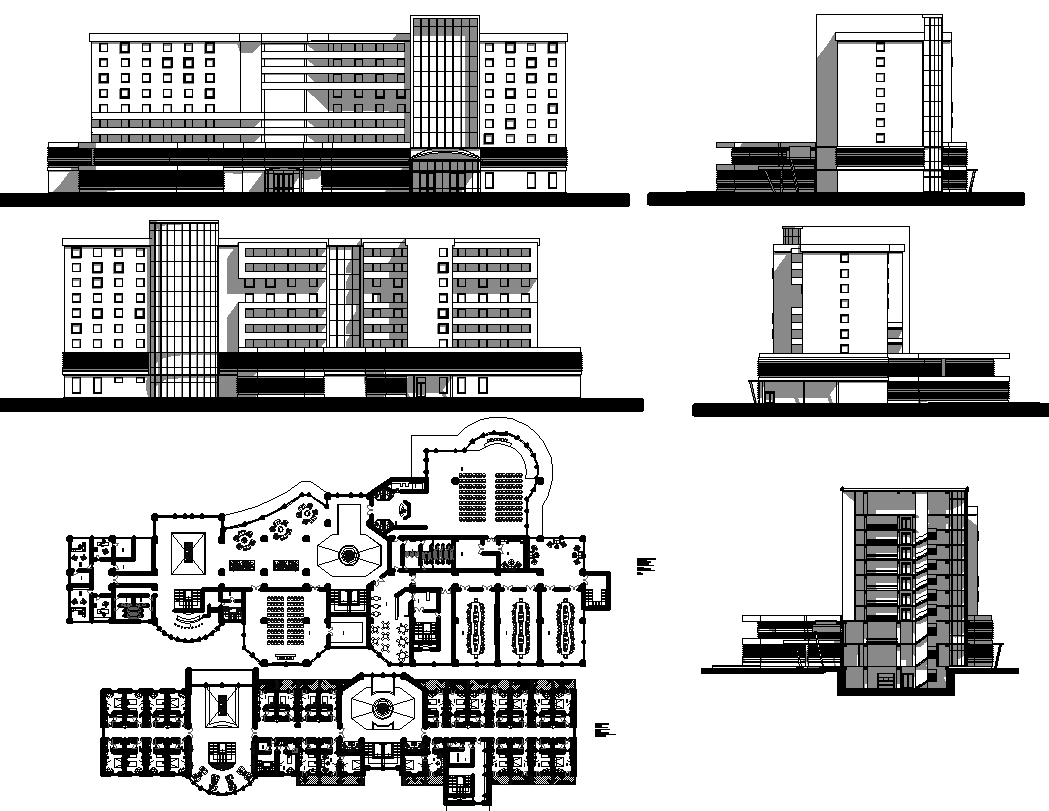
Identify the physical and technological systems and resources that support service delivery, such as equipment, databases, and communication networks. Map out the behind-the-scenes activities that support the frontstage, such as employee training, service delivery systems, and resource allocation. Identify the physical components of the service experience, such as packaging, signage, and service facilities. Identify the processes that support service delivery, such as order fulfillment, billing and payment, and customer service. Identify the actions both customers and employees take for each touchpoint, including customer requests and employee responses. Identify all the touchpoints where customers interact with the service and map out the entire customer journey, including pre-service, service delivery, and post-service stages. Identify the main customer segments along with their needs and expectations. Define the serviceĬlearly define the service you want to create a blueprint for. The creation and use of a service blueprint can be broken down into the nine-step process outlined below: 1. This includes the physical systems and technology stack that support the service delivery, such as equipment, databases, and communication networks. Every step taken by any employee who has a hand in service delivery or customer support should be detailed here.

The actions your employees take during the fulfillment of a customer order are broken down into the exact same level of detail as the customer’s actions. This includes the tangible components of the service experience, such as packaging, signage, and any other physical goods required to deliver your service to the customer. This element of the service blueprint contains a detailed list of the exact steps a customer goes through to order and receive a product or service from you. Such processes include order fulfillment, billing and payment, and any non-customer-facing processes that customer service engages in. Supporting processesĭrilling down further, the supporting processes are those that provide functionality for your service delivery. The backstage includes elements such as employee training, service delivery systems, and resource allocation. This is everything your customer doesn’t see that provides support for frontstage interactions. It’s the customer’s experience with your staff, website, app, or anything else they associate with your business. This includes all of the customer’s interactions with the company, including verbal or written communication and non-verbal communication. These elements are typically broken down as follows: Frontstage This serves to unite teams from different departments, such as marketing, operations, and customer service, resulting in better collaboration on service design and improvement projects.Ī service blueprint should provide a detailed overview of all the touchpoints in the customer journey, so it needs to include certain elements. Service blueprints can help teams understand how their activities and processes impact customer experience. By understanding the customer journey and the processes involved in delivering a service, businesses can find opportunities to innovate and stand apart from the competition. Service blueprints can help companies identify opportunities for innovation and improvement in their service delivery system.

Mapping out service processes reveals a more complete picture and enables you to readily identify root causes. Service blueprints can be used to understand the underlying causes of service delivery problems.

By understanding the customer journey and the touchpoints involved along the way, businesses can identify pain points and take action to remove them. Service blueprints can be used to manage the customer experience from start to finish. Mapping out the end-to-end process of delivering a service can reveal opportunities for innovation and improvement. Service blueprints can help businesses design and improve the delivery of their services. You can use a service blueprint any time you want to improve customer service or look critically at how the individual parts of your business function as a whole.īelow are some of the typical scenarios where businesses use service blueprints: Service design and improvement


 0 kommentar(er)
0 kommentar(er)
